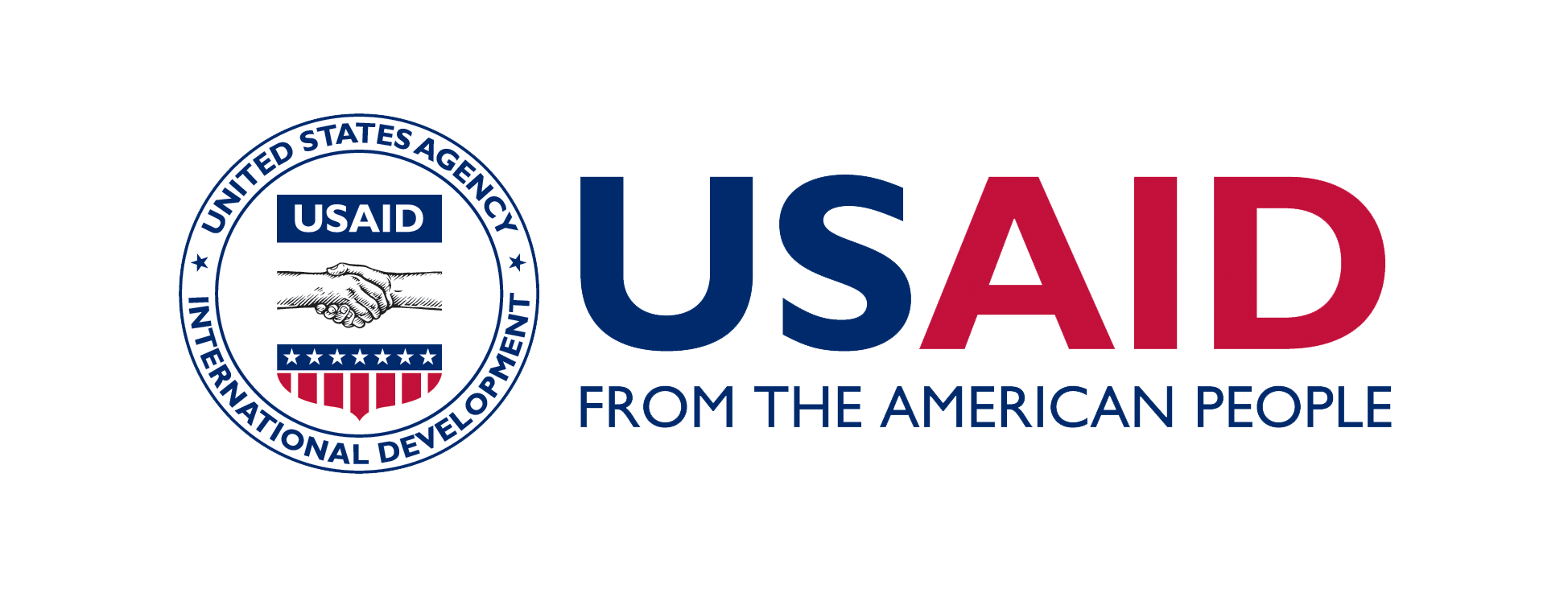In this article, Amy Tsui, PhD, reviews some of the most striking highlights from the International Conference on Family Planning 2013 in Addis Ababa, Ethiopia. Tsui is director of the Bill and Melinda Gates Institute for Population and Reproductive Health at the Johns Hopkins Bloomberg School of Public Health.
In November 2009 I walked from the hotel compound with a young woman recruited to help support our first international conference on family planning held in Kampala, Uganda. “How do I get involved in family planning?” she asked. “I want to learn more about this field. It is so positive. Not like HIV.” Uganda then had been weathering an HIV epidemic, which saw more than 120,000 new infections each year, more than half being women and children. They were the same groups who stood to benefit from family planning. Indeed a third of married women in Uganda were assessed in 2011 as seeking to delay or stop childbearing but not contracepting—a staggering 1.11 million women. Women reported that on average 1.5 of all their births were not wanted at the time.













